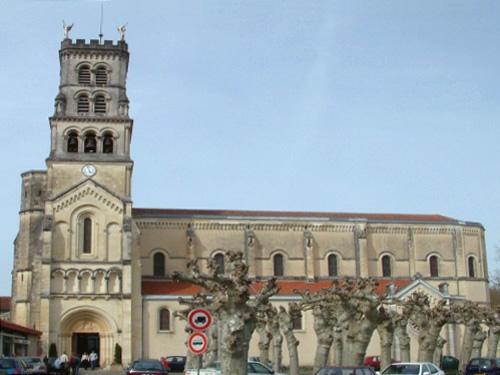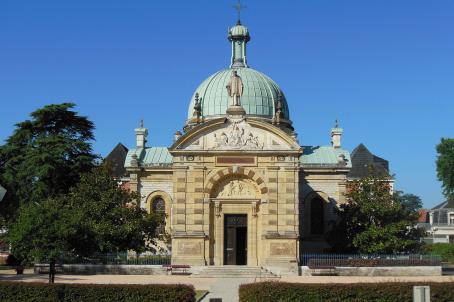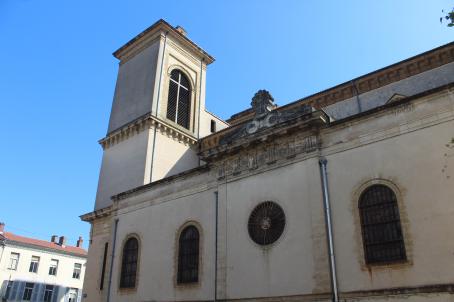Notre-Dame de Buglose Basilica
The sanctuary of Notre-Dame de Buglose was built from 1850 to 1865 in the commune of Saint-Vincent-de-Paul, which was called Pouy until 1828 before being renamed in honour of Vincent de Paul, a native of the area (at the Ranquines farm) in 1581. The basilica now houses the famous statue of which it is a showcase for Marian devotion. Another particularity, the carillon, one of the most beautiful in France, consists of 60 bells. In reality forty bells are used, the others have been silenced to give more homogeneity to the sound.
About this building
Four centuries ago, a statue of the Virgin and Child was discovered in the Buglose marshes near Dax. It had been hidden there in 1570, during the Wars of Religion, to protect it from the troops of Montgomery's Huguenot, who destroyed the representations of Mary and the saints. The statue was then placed on an improvised altar. Then the bishop ordered it to be transported to the nearby parish, but the team would not move forward. So a chapel was built on the spot. Inaugurated on Whit Monday 1622, the chapel where the statue was located gave way to a wooden church in 1624. The present church of Buglose was built between 1850 and 1855. It was equipped with a carillon of 29 bells in 1895, before it was completed and now has 60 bells. Finally, in 1966, Pope Paul VI granted the building the title of Minor Basilica. This title can be seen by a sort of half-open "large parasol", called an ombrellino, placed on the left side of the choir.





